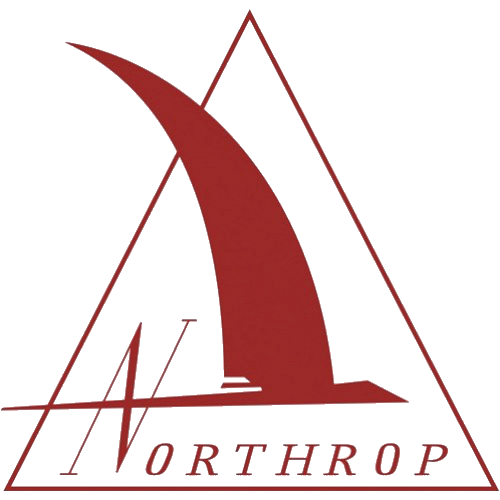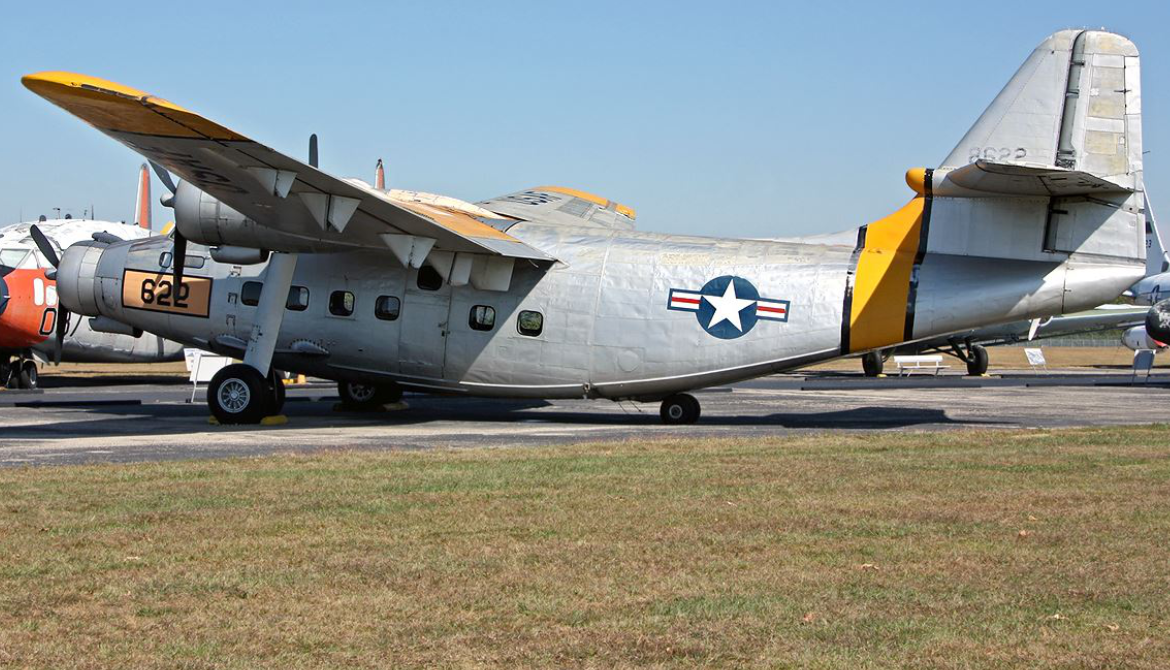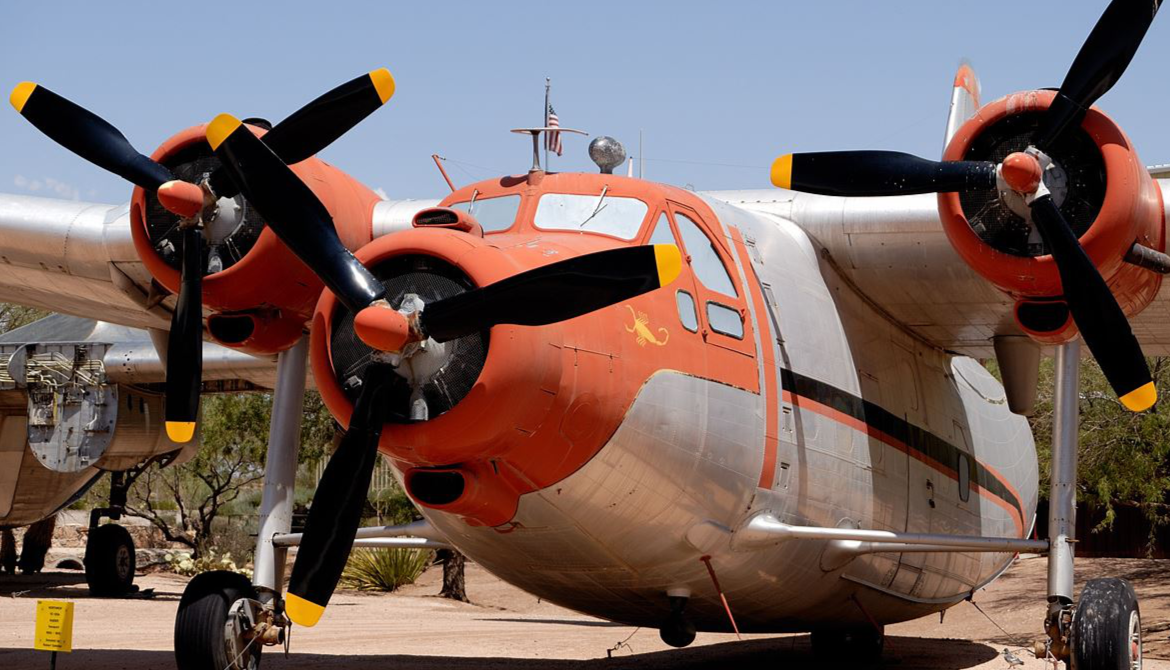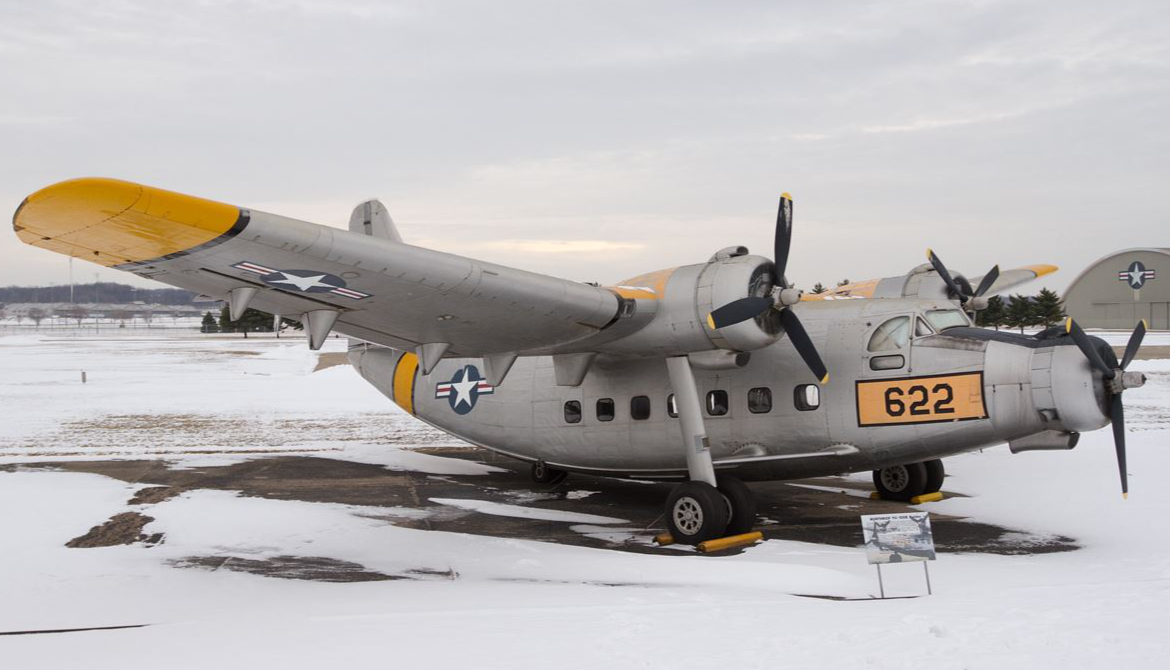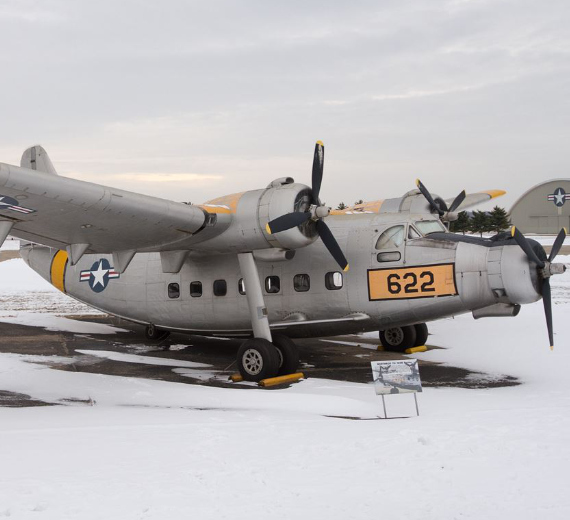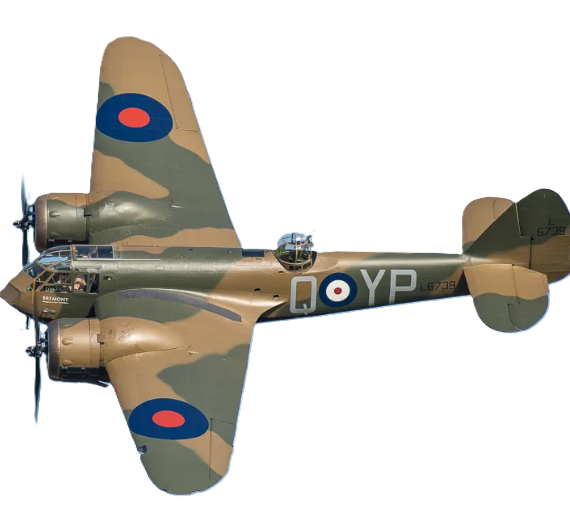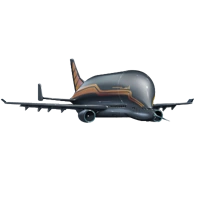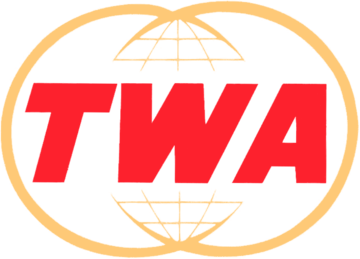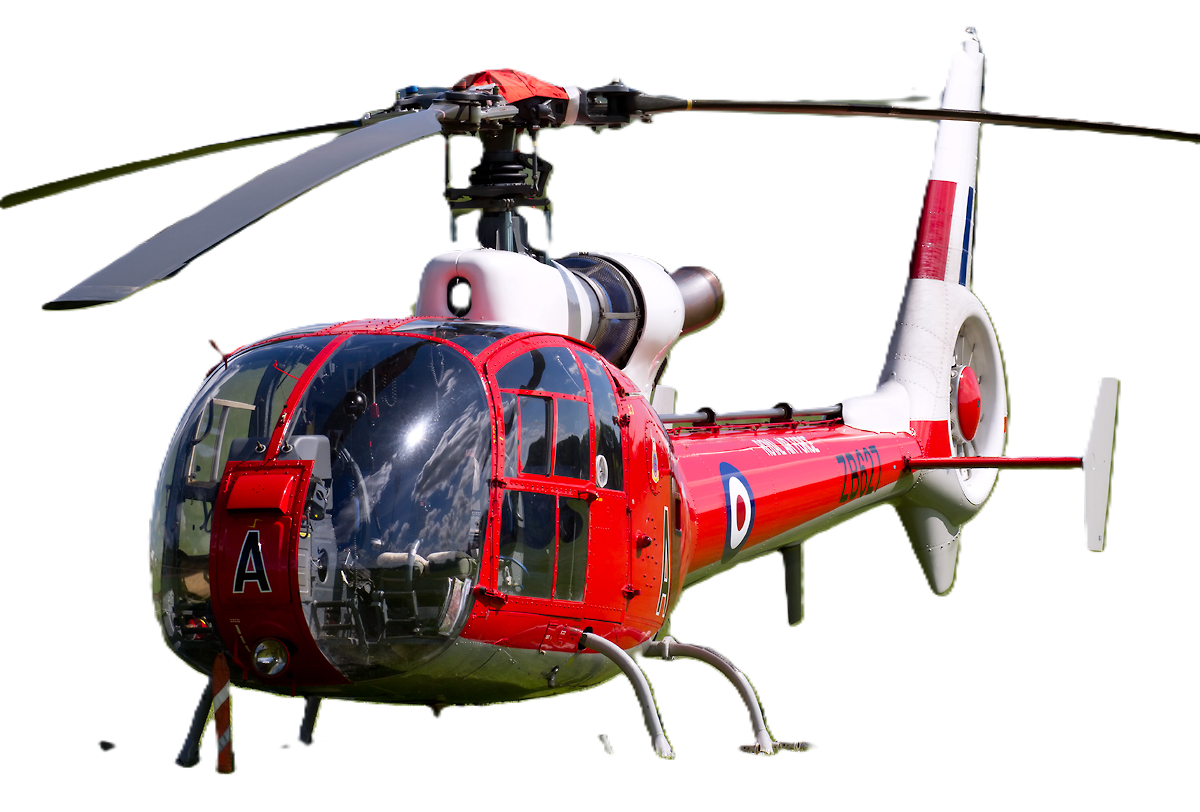Northrop Aerospace
Northrop YC-125 Raider
 |
|
| Role | Transport aircraft |
|---|---|
| National origin | United States |
| Manufacturer | Northrop Corporation |
| First flight | 1 August 1949 |
| Introduction | 1950 |
| Retired | 1955 |
| Primary user | United States Air Force |
| Produced | 1949–1950 |
| Number built | 23 |
.
History Northrop Aerospace
Northrop YC-125 Raider
"Pioneer" First flight 1 August 1949
Introduction 1950
Retired 1955 Produced 1949–1950

Northrop's first postwar civil design was a three-engined STOL passenger and cargo transport named the Northrop N-23 Pioneer, which was intended to replace the Ford Trimotors of the Central American airline Transportes Aéreos Centro Americanos (TACA). The Pioneer could carry 36 passengers or cargo, with a cargo door and a "chin" hatch allowing the loading of 36 ft (11 m) lengths of pipes or timber into the aircraft's cabin. It first flew on 21 December 1946. The aircraft had good performance, resulting in an order of 40 aircraft from TACA, but political manoeuvring from Pan-Am after the shipping company Waterman Steamship Corporation purchased a major stake in TACA led to TACA losing rights to operate to or from the United States, which in turn caused TACA to cancel its order for the Pioneer. Despite extensive sales tours, no further orders were obtained.[1
The Northrop YC-125 Raider was a 1940s American three-engined STOL utility transport built by Northrop Corporation, Hawthorne, California.
Variants
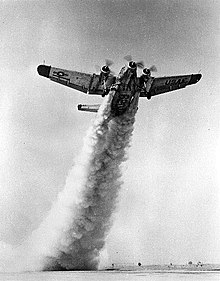
- N-23 Pioneer
- Prototype three-engined STOL transport, one built.
- N-32 Raider
- Company designation of military version of the N-23.
- YC-125A Raider
- N-32 with seats for thirty troops, 13 built.
- YC-125B Raider
- Arctic rescue version of the N-32 with twenty stretchers and provision for a ski undercarriage. Ten built (serials 48-618/627).
- CL-3
- Proposed Canadair licensed produced variant from 1949, with 3 x Canadian Pratt & Whitney R-1820 engines. Was redesignated CL-12 in the same year. Project was dropped sometime around early 1950.[]
- N-74
- Another proposed Canadair variant. Improvements including the replacement of the three engines with two Allison T56 turboprops were studied. Project abandoned in the early 1950s
Operators
Surviving aircraft
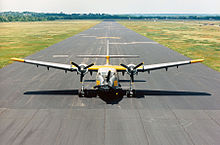
- 48-626 – YC-125B in storage at the National Museum of the United States Air Force in Dayton, Ohio.
- 48-636 – YC-125A on static display at the Pima Air and Space Museum in Tucson, Arizona.
0
KmCeiling
0
KmCombat RANGE
0
MachAircraft Speed
0
Max Crew
Photo Gallery
Northrop Aerospace
Northrop YC-125 Raider
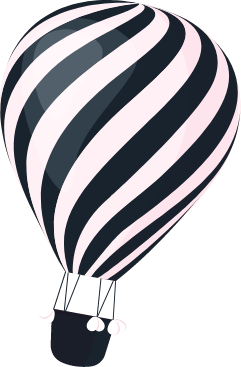
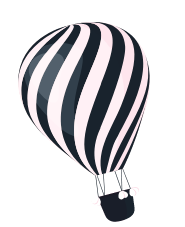
McDonnell Douglas aircraft
Northrop Aerospace
Northrop YC-125 Raider
First flight 1 August 1949 Introduction 1950
Retired 1955 Produced 1949–1950
General Info
-
- Crew: 4
- Capacity: 36 troops or 10,000 lb (4.54 t) cargo
- Length: 67 ft 1 in (20.45 m)
- Wingspan: 86 ft 6 in (26.37 m)
- Height: 23 ft 1 in (7.04 m)
Powerplant
-
- Powerplant: 3 × Wright R-1820-99 Cyclone 9-cylinder air-cooled radial piston engine, 1,200 hp (890 kW) each
- Propellers: 3-bladed constant-speed propellers
Performance
- Maximum speed: (333 km/h,
- Cruise speed: 171 mph 275 km/h,
- Range: (2,987 km, 1,613 nmi)
- Service ceiling:(3,700 m)
Armament
- As World War II wound down, Northrop looked for opportunities to expand its aviation products. At the time, various reports forecasted a need for a rugged, low-cost, transport aircraft to serve under-developed airfields for emerging commercial routes following World War II. To meet that need, Northrop designed and built the N-23 Pioneer transport at its own expense. The Pioneer was unlike any aircraft that Northrop had built.
.
Links to Youtube & Others
The Pioneer was engineered with remote field operations in mind. Common parts were used when possible; all three engine installations were identical, as were the vertical and horizontal stabilizers. The Pioneer was designed with large panels to allow easy access to critical parts for maintenance and repair.
Northrop
Northrop YC-125 Raider
The P-61 featured a crew of three: pilot, gunner, and radar operator. It was armed with four 20 mm (.79 in) Hispano M2 forward-firing cannon mounted in the lower fuselage, and four .50 in.
Youtube Link
The main fuselage, or gondola, was centered on the aircraft's centerline. It was, from the tip of the nose to the end of the Plexiglas tail-cone, approximately five-sixths the length of one wing (root to tip).
